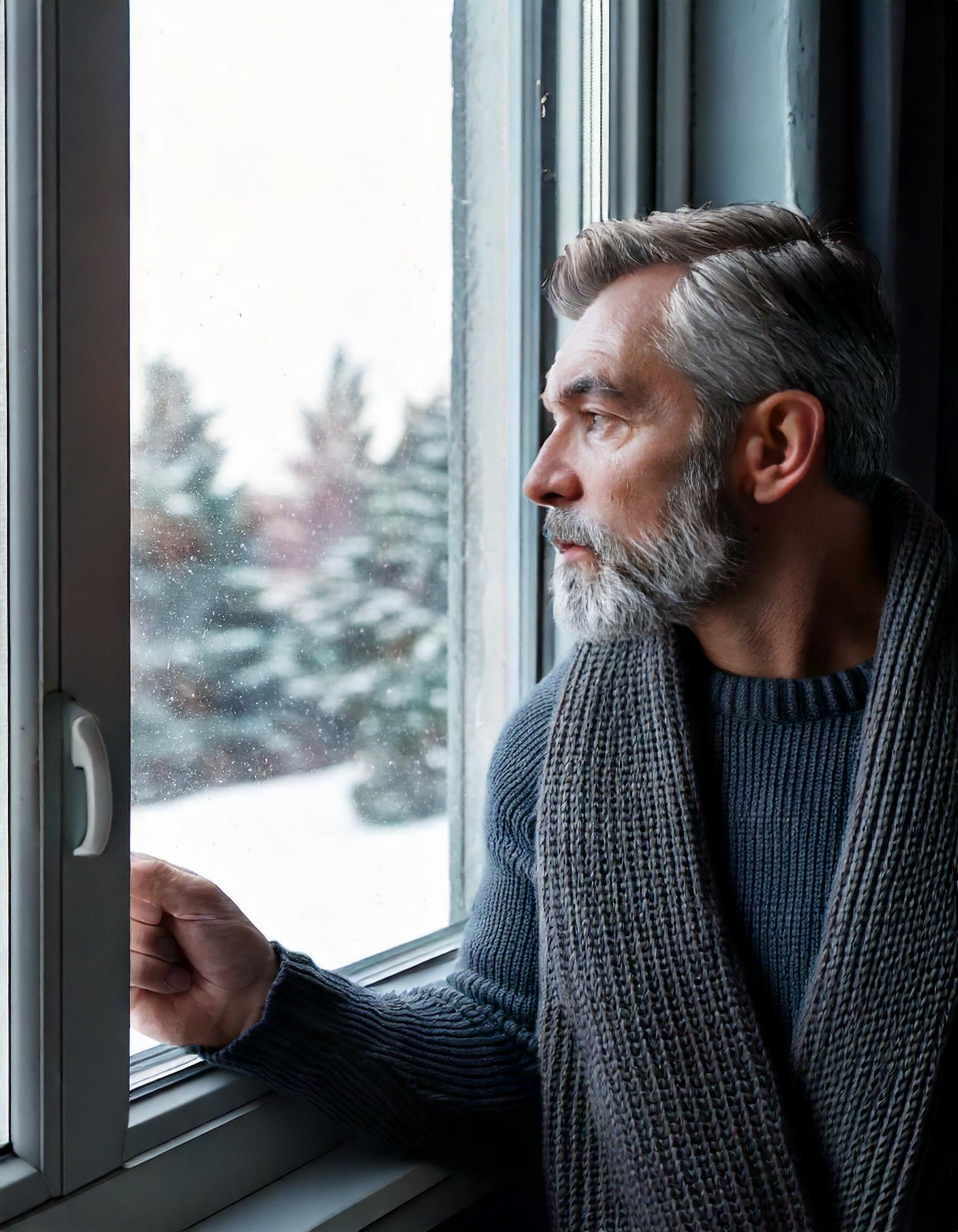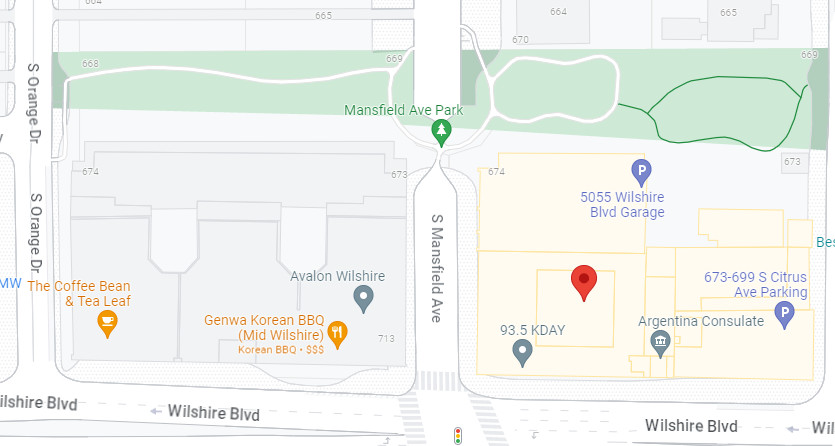Be. Well. When Feeling S.A.D. Becomes Cause for Concern

Winter months and the darker days that accompany them cause many people to feel less social or less energetic. For others, their mood leaves them immobilized or merely pushing through their days unengaged and unmotivated. Is it common for one to feel down on a gloomy day? Sure. But when your sadness lingers for weeks at a time and particularly during the winter season, it may be a sign of a more serious issue that requires intervention.
Seasonal Affective Disorder, also called S.A.D., is a type of depression described as “symptoms [that typically] start in the fall and continue into the winter months, sapping your energy and making you feel moody.” Those who suffer from this disorder may experience general symptoms of depression combined with additional symptoms specific to S.A.D. Some of the most common symptoms include the following:
- Oversleeping;
- Low energy;
- Hopelessness;
- Difficulty concentrating;
- Overeating and weight gain; and
- Persistent sadness.
Why Does S.A.D. Happen?
According to the National Institute of Mental Health, S.A.D. occurs due to changes in the number of daylight hours to which a person is exposed, which is why this form of depression is more common in the fall and winter months. Although researchers are still uncovering information about the disorder, studies show that those who suffer with S.A.D. experience decreased levels of the brain chemical serotonin, the body’s “feel good” chemical, as well as a decrease in Vitamin D, which promotes serotonin. Both are partially responsible for regulating mood.
Decreased serotonin along with additional factors like decreased levels of melatonin, disruptions to circadian rhythm, and/or histories of depression or bipolar disorder can also contribute to experiencing S.A.D. or can put someone at higher risk for developing it.
Although this disorder cannot be prevented, people who consistently experience these symptoms should contact a healthcare professional to learn about ways to manage them and prevent symptoms from worsening.
What to Do About S.A.D.
S.A.D. should be diagnosed only by a healthcare provider or mental health specialist. All Affordable Care Act-compliant insurance plans—including the Health Plan—are required to cover depression screenings at no cost to the patient when provided by a network doctor.
Once diagnosed with S.A.D., treatment options are vast. For those who suffer from winter S.A.D., the most common treatments include various forms of therapy and medication.
Common Treatments for S.A.D.
- Light therapy – This is where a patient exposes themselves for at least 30 minutes a day to a light box that contains a very bright light that mimics natural sunlight.
- Cognitive behavioral therapy – A study published in the American Journal of Psychiatry found that just six weeks of this therapy decreased symptoms of depression for adults.
- Antidepressant medication
- Alarm clocks that function as dawn simulators
- Consistent sleep schedule
- Socializing with loved ones
- Exercise – Research shows that exercise and socializing may relieve S.A.D.
Additional Resources
Seasonal Affective Disorder is more than just feeling a bit down because of the weather. It is a type of depression that if left untreated can increase in severity, especially for those who suffer from additional mental health disorders.

If you or someone you know appears to be in immediate danger, call 911. To locate a healthcare provider or mental health support, see the resources listed below:
- DGA-PPHP Health Plan’s Find a Network webpage https://www.dgaplans.org/find-a-network-provider
- Substance Abuse and Mental Health Services Administration’s Online Treatment Locator https://findtreatment.gov/
- 988 Suicide and Crisis Lifeline call or text 988 or chat at https://chat.988lifeline.org/


 OFFICE LOCATION & HOURS:
OFFICE LOCATION & HOURS:
 MEETING INFORMATION:
MEETING INFORMATION: FAXES:
FAXES: